How to Keep From Sweating While Wearing a Wig?(Easy Tips)
Hey! I Find the Answer!
Wearing a wig can be a lifesaver for many, whether it’s due to hair loss, medical conditions, or simply for fashion. However, a common issue faced by wig wearers is excessive sweating, which can be uncomfortable and affect the wig's fit and appearance. This post aims to address these concerns by providing practical tips and advice on how to stay cool and comfortable while wearing a wig.

Do Wigs Make Your Head Hot?
Wigs can indeed make your head feel hot, especially if they are constructed from synthetic or non-breathable materials. This happens because the wig acts as an additional layer over your scalp, trapping heat and preventing proper air circulation. During warm weather or physical activities, this can become particularly uncomfortable. Understanding the materials and construction of your wig can help mitigate this issue. Wigs made from human hair tend to be more breathable compared to synthetic ones. Moreover, wigs with open wefts (spaces between the rows of hair) can allow better airflow and thus keep your head cooler.
Do Wigs Make Your Scalp Sweat?
Yes, wigs can contribute to scalp sweating. When the scalp is covered with a non-ventilated material, it becomes difficult for sweat to evaporate. The body naturally sweats to regulate temperature, and a covered scalp can exacerbate this process. Additionally, the accumulation of sweat under the wig can lead to discomfort, itching, and even scalp infections if not managed properly. To minimize sweating, it's crucial to consider the wig cap construction. Lace front wigs and monofilament caps are designed to be more breathable, allowing sweat to evaporate more easily and keeping your scalp dry.

How to Stop Sweating When Wearing a Wig?
-
Choose Breathable Materials: Opt for wigs made from lightweight and breathable materials such as lace fronts, monofilament caps, and human hair. These materials provide better ventilation, reducing heat buildup. Lace front wigs, for example, have a sheer lace base that allows air to flow more freely to your scalp.
-
Use Wig Liners: Wig liners or caps made from moisture-wicking fabrics can help absorb sweat and keep your scalp dry. They also add an extra layer of comfort between your scalp and the wig. Bamboo and cotton wig liners are particularly effective at wicking moisture away from the scalp.
-
Stay Hydrated: Drinking plenty of water helps regulate your body temperature and reduces the likelihood of excessive sweating. Staying hydrated is essential for overall health and can prevent the body from overheating.
-
Avoid Tight-Fitting Wigs: Tight wigs can trap heat and cause sweating. Ensure your wig fits comfortably but not too snugly. Adjustable straps and stretchy materials can help achieve a better fit without excessive tightness.
-
Use Anti-Sweat Products: There are specific anti-sweat sprays and powders designed for wig wearers that can help reduce moisture and keep your scalp dry. These products can create a barrier on your scalp, preventing sweat from accumulating under the wig.
-
Regular Wig Maintenance: Keeping your wig clean and well-maintained can also help reduce sweating. Wash your wig regularly using products designed for wig care to remove any buildup of oils and sweat. A clean wig is less likely to trap heat and cause sweating.
How to Keep Your Head Cool While Wearing a Wig?
-
Ventilation: Look for wigs with built-in ventilation or open weft designs. These features enhance airflow and keep your scalp cool. Open weft wigs have spaces between the hair wefts that allow air to circulate, preventing heat buildup.
-
Shorter Styles: Short wigs or those with less density are generally cooler to wear as they allow more air to circulate around your scalp. Pixie cuts, bobs, and other short styles are excellent choices for hot weather.
-
Cooling Sprays: Some cooling sprays are specifically formulated for wig wearers. These sprays can provide a refreshing and cooling effect on your scalp. They often contain ingredients like menthol, which gives a cooling sensation and helps reduce heat.
-
Take Breaks: If possible, take short breaks throughout the day to remove your wig and let your scalp breathe. This can help reduce heat buildup and discomfort. If you're in a private setting, removing your wig for a few minutes can provide immediate relief.
-
Consider Wig Caps with Cooling Technology: Some wig caps are designed with cooling technology, such as those made with fabrics that have cooling properties. These caps can help regulate temperature and keep your head cooler while wearing a wig.
Will My Wig Come Off If I Sweat?
Sweating can affect the adhesive used to secure wigs, potentially causing them to loosen. To prevent this, use wig adhesives designed for high-humidity conditions or consider using wig grips that can keep your wig in place without relying solely on adhesives. Wig grips are headbands made from silicone or velvet that provide a secure base for your wig, preventing slippage even when you sweat. Additionally, using double-sided wig tape can offer extra security.
Are There Wigs That Are Not Hot to Wear?
Yes, wigs made from breathable materials such as lace fronts or those with monofilament caps are designed to be more comfortable and less hot to wear. These wigs offer better ventilation and are generally lighter on the scalp. Human hair wigs, although typically more expensive, are also more breathable and comfortable compared to synthetic wigs. They can absorb moisture better and provide a more natural feel.
What Type of Wig Is the Most Breathable?
Lace front wigs and wigs with monofilament caps are considered the most breathable. They allow for better air circulation, making them ideal for those prone to sweating. Lace front wigs have a sheer lace front that blends with your skin, providing a natural hairline and allowing your scalp to breathe. Monofilament wigs have a cap made from a thin, breathable material that mimics the natural scalp, enhancing airflow and comfort.

What Kind of Wigs to Wear in the Summer?
For summer wear, choose wigs made from lightweight materials with open wefts or lace fronts. Shorter styles and wigs with less density can also help keep you cool. Additionally, wigs made from human hair tend to be more breathable and comfortable in hot weather compared to synthetic wigs. Consider styles like pixie cuts, bobs, or any wig with layers that allow for better air circulation. Light-colored wigs can also reflect heat better than dark-colored wigs, keeping your head cooler.
Conclusion
Sweating while wearing a wig is a common concern, but with the right strategies and wig choices, you can stay cool and comfortable. By selecting breathable materials, using moisture-wicking products, and adopting good practices, you can enjoy wearing your wig without the discomfort of excessive sweating. Remember to choose wigs that suit your lifestyle and climate, and don’t hesitate to experiment with different styles and products to find what works best for you.














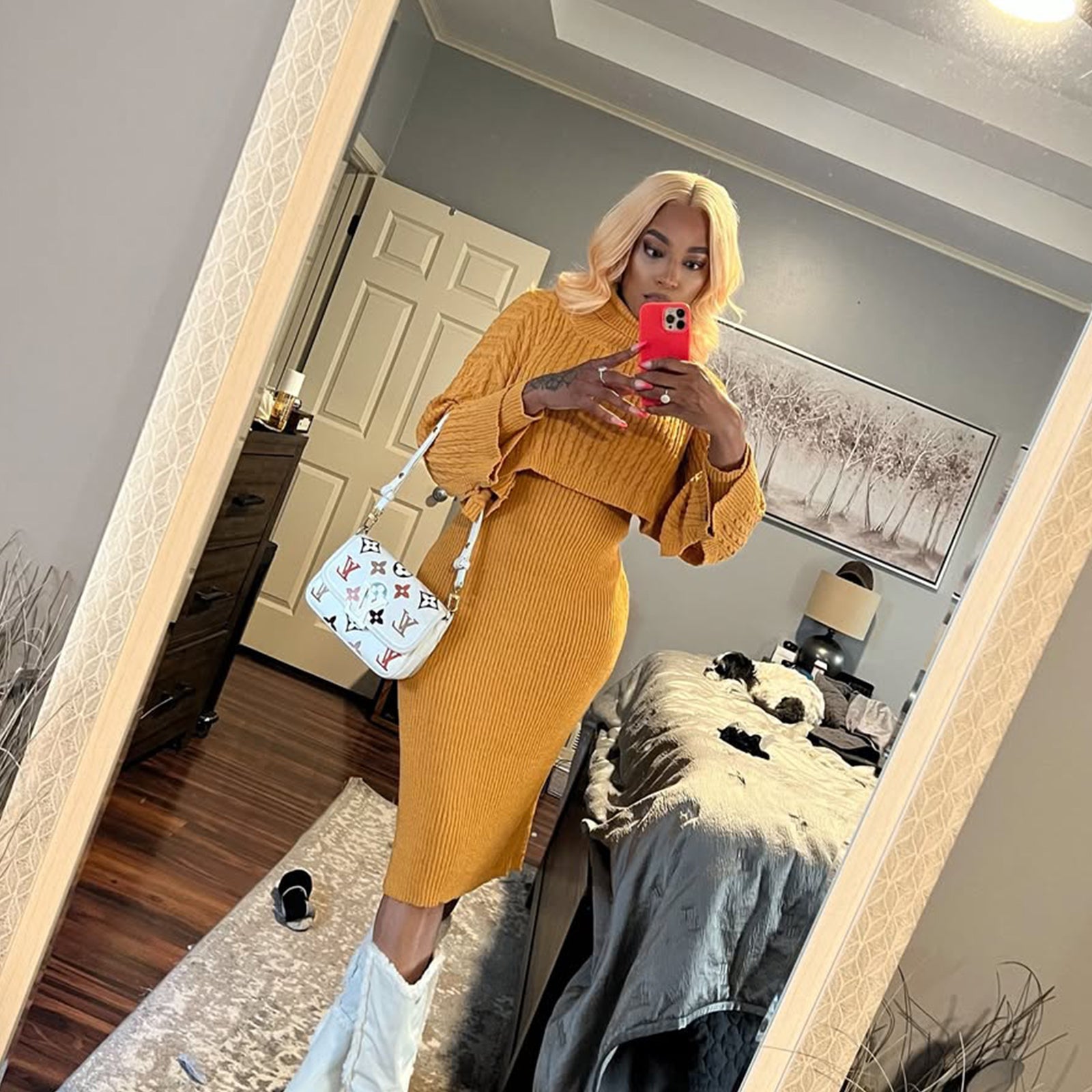



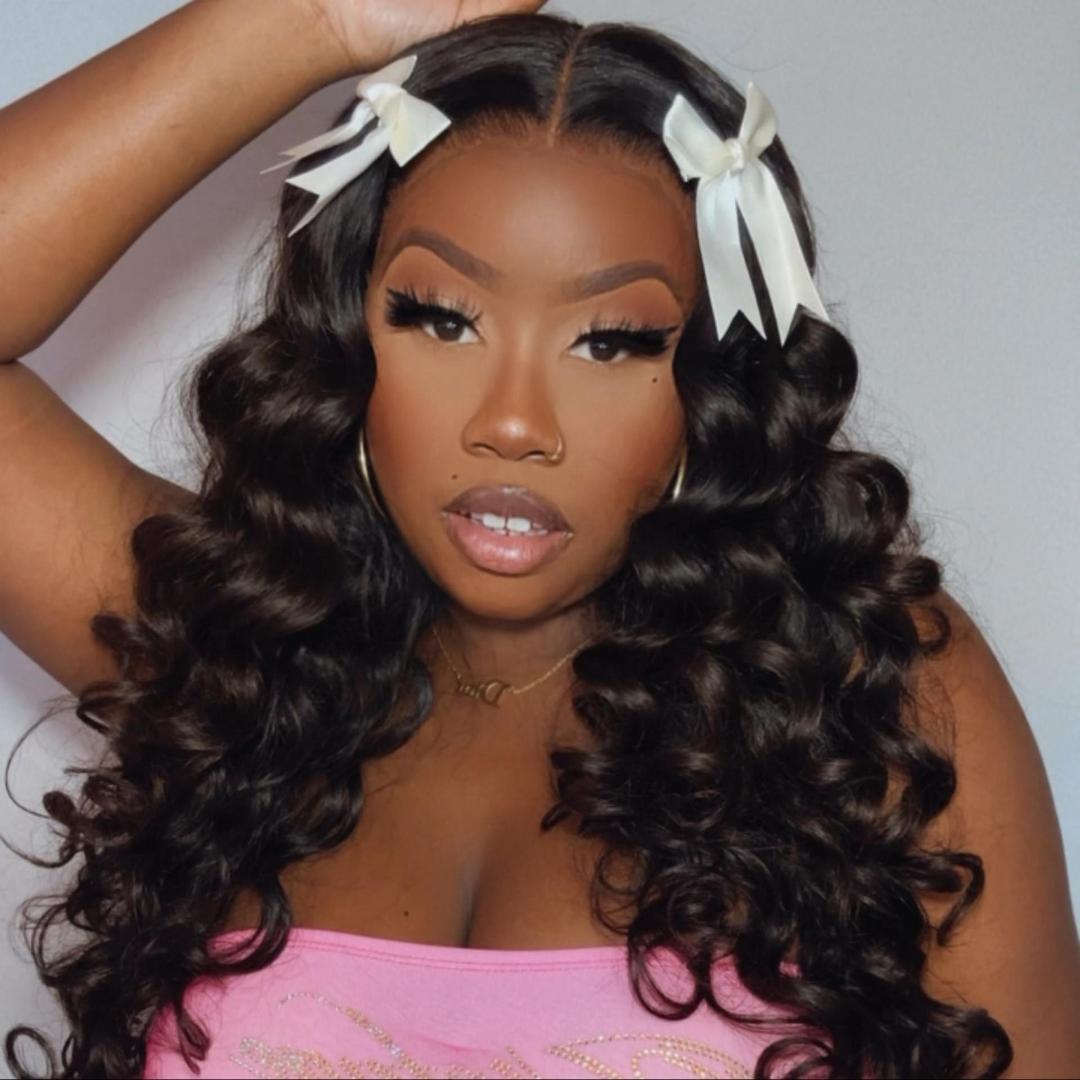




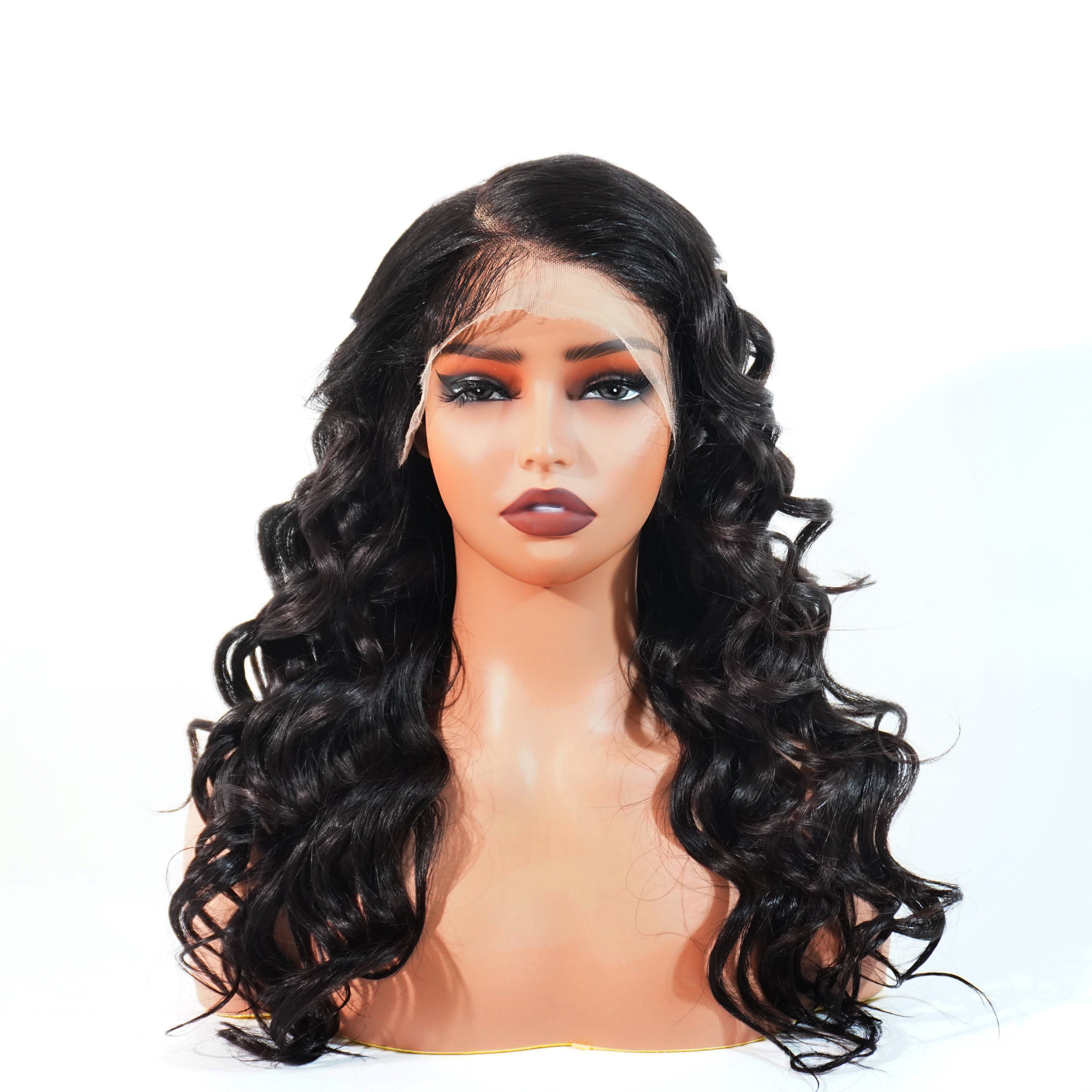
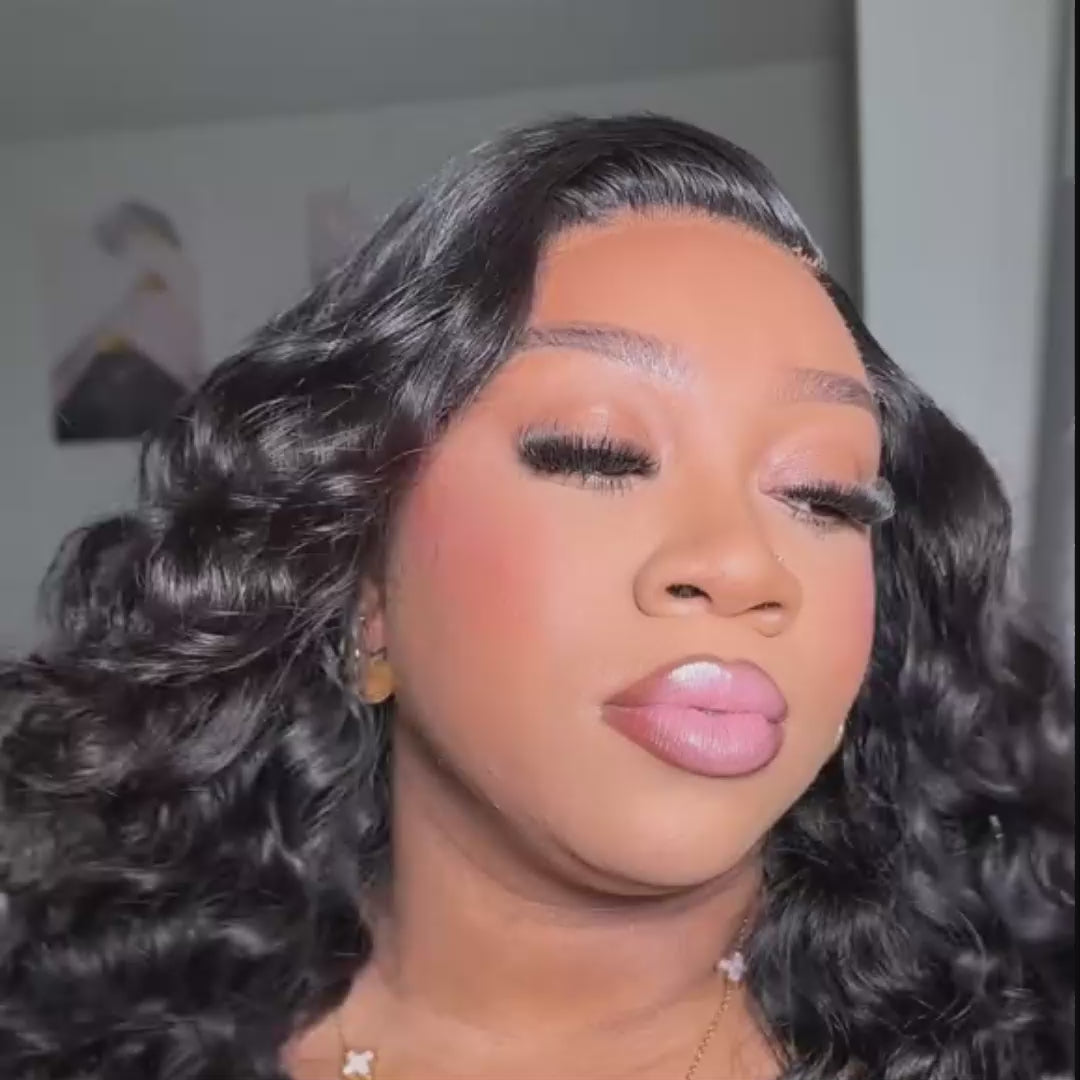

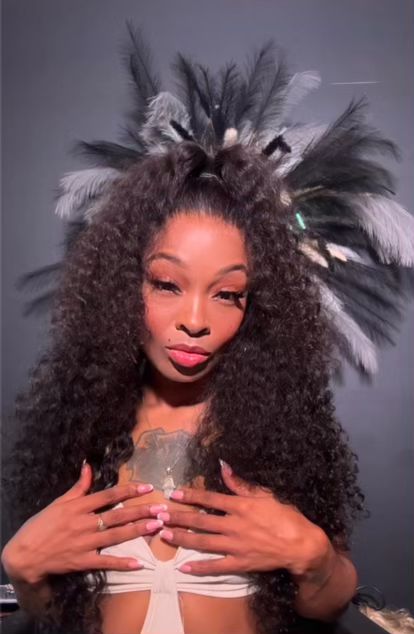
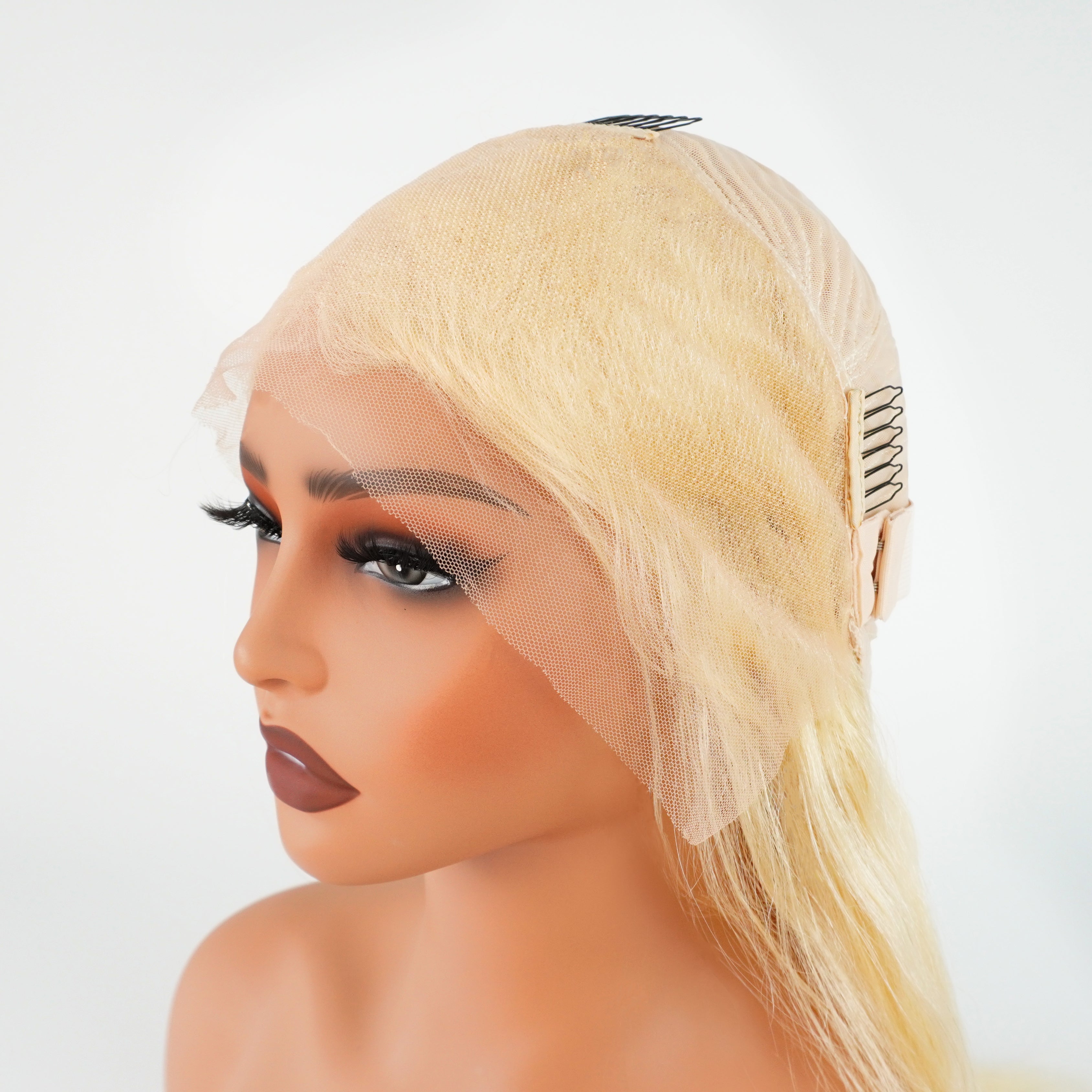







Leave a comment
This site is protected by hCaptcha and the hCaptcha Privacy Policy and Terms of Service apply.